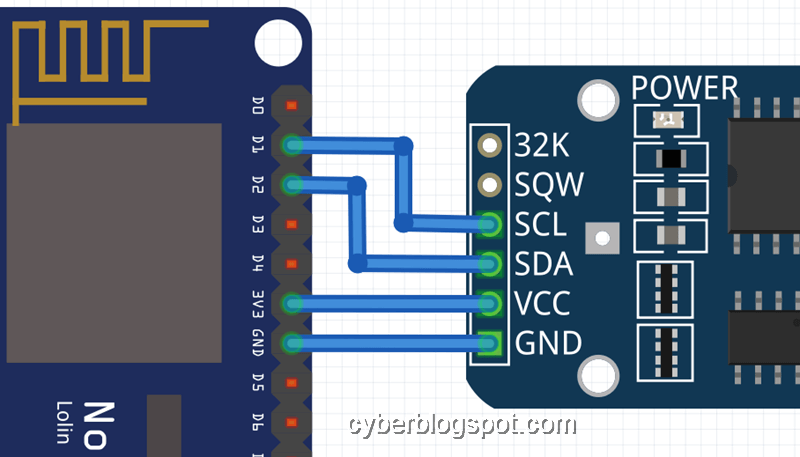

#define NUM_DOTS (NUM_DIGITS/2) - 1 //Number of "dots" between digits: 1 for 4 digits, 2 for 6 digits #define NUM_PIXEL_PER_DOTS 2 // Number of pixel per dots #define NUM_PIXEL_PER_SEGMENT 2 // Number of LEDs in each Segment Relevant defines: #define NUM_DIGITS 4 // Number of connected Digits

#Esp8266 firmware rtc code
In overlay.cpp, I added some code in order to define the hardware related variables as well as the new pixel management implementation. Please note that if you want to edit the html related stuff you then have to recompile the files as described here. Here are reported the most relevant modification that I’ve added and you may have to customize. In order to develop and compile the WLED firmware I used Visual Studio Code and Platformio, you can found a step-by-step guide at this page of the WLED Wiki in order to get started. Second, there were some code modifications in order to add this feature directly on the webserver side, that way there was the possibility to enable/disable my feature and make possible to integrate it in future releases of WLED. There wasn’t the possibility to have more pixel per segment and there wasn’t any implementation of the “dots” blincking function.įirst, I found that the best way to do that was using the overlay method, that way, no matter the effect that you select, it will always show the clock digits. The scope of this pull request was exactly was I was looking for but unfortunately the implementation was a bit different. I started searching for some starting points and found this pull request on the WLED Github page: PR #995.

So the idea was to try my best in order to integrate the support for 7 segment clock directly into WLED in order to benefit from all the effects, palettes, colors, and integrations that it already have. In my Home Automation system (Home Assistant based) I already integrated some WS2812 strips by using a D1 Mini board and the WLED firmware.įor the one who never heard this name before, please have a look at some YouTube videos, it is an amazing project with a huge support community. Someone added support for an I2C RTC module, someone else was connecting to the web to retreive the time, but actually none of them was very rich of features and there wasn’t the possibility to remotely set colors or effects (or even set the time). While surfing on Thingiverse I found a lot of interesting 7 Segment style Digital Clock projects based on Neopixel strips.Īll of them was extremely detailed on the hardware side but a little bit poor on the firmware side.


 0 kommentar(er)
0 kommentar(er)
